China Molybdenum Oxide Prices - Jun. 5, 2020
- Details
- Category: Tungsten's News
- Published on Tuesday, 09 June 2020 18:02
- Hits: 1018
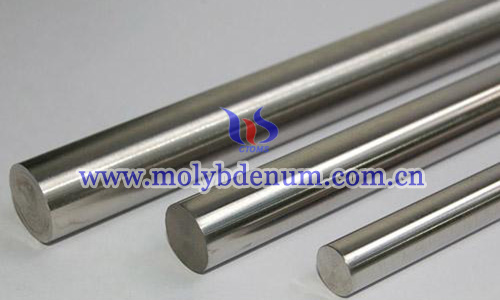
Molybdenum market quotation in China: molybdenum oxide, ferro molybdenum and molybdenum oxide prices decline slightly when market transactions are low and the market outlook remains unclear.
Tungsten-Aluminum Artificial Eye Comes Closer to Human Eye Capabilities
- Details
- Category: Tungsten's News
- Published on Friday, 05 June 2020 21:24
- Hits: 1123
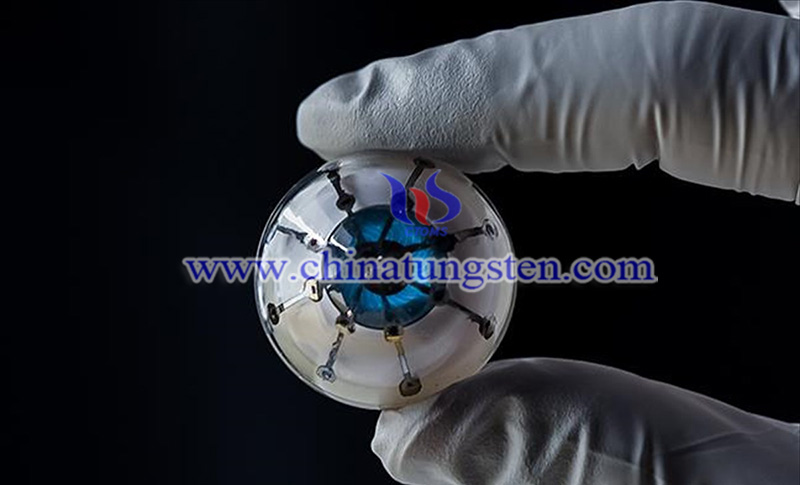
A new study shows the world's first 3D the design of the world's first 3D tungsten-aluminum artificial eye would be clearer than the human eye. This new study was published in the journal Nature by researchers from the Hong Kong University of Science and Technology. If everything goes smoothly, it may help the droves of people who are partially or fully blind in as little as five years, according to experts.
Corvus Lithium Battery Energy Secures Live Fish Carrier Contract
- Details
- Category: Tungsten's News
- Published on Friday, 05 June 2020 21:20
- Hits: 1025
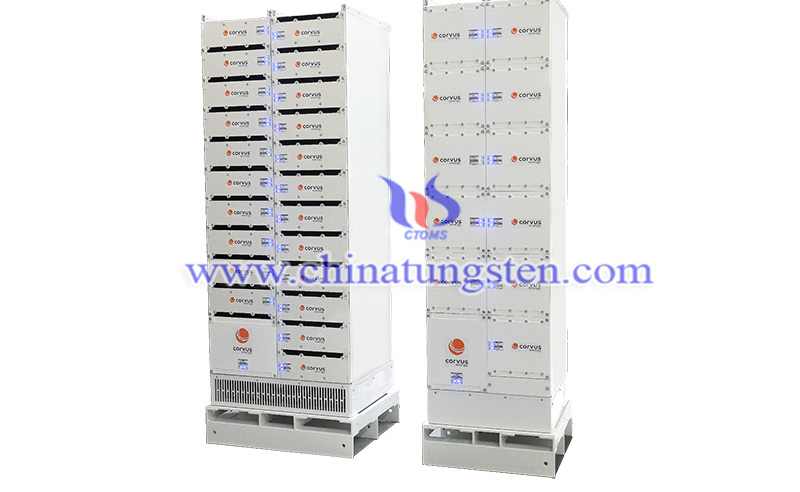
Corvus Energy recently announced that it has signed a contract with Turkish BMA Technology to supply a lithium battery-based energy storage system (ESS) for a new live fish carrier to be built at Tersan Shipyard in Turkey.
Cesium Tungsten Bronze Prices in China Continue to Stabilize in June
- Details
- Category: Tungsten's News
- Published on Friday, 05 June 2020 08:48
- Hits: 1069
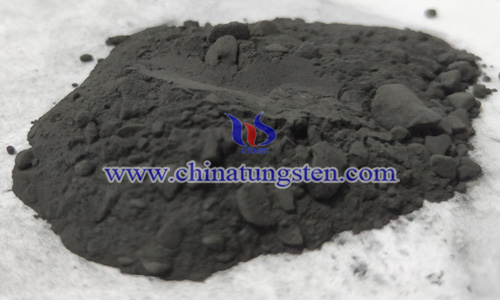
Analysis of latest tungsten market from Chinatungsten Online
The ammonium paratungstate (APT) and cesium tungsten bronze prices in China continue to maintain stability but some transactions prices decline on the weakness in the demand side.
Tungsten West Plans to Restart Hemerdon Mine for 2021
- Details
- Category: Tungsten's News
- Published on Thursday, 04 June 2020 21:49
- Hits: 1151
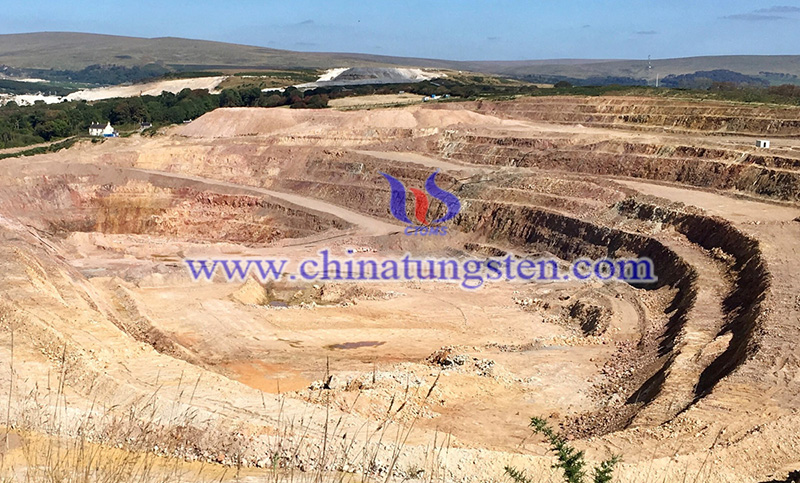
The Hemerdon tin-tungsten mine in Plymouth, UK is known as one of the largest tungsten deposits in the Western world. The mine faced a challenging past with its previous owner, Australian specialty metals miner Wolf Minerals, reopening in 2015 but being mothballed in 2018 after failing to reach expected recovery rates. Tungsten West acquired the mine for less than 3 million pounds (3.7 million US dollars) in November 2019, and is further studying ore bodies and processing technology to create an economically viable supply chain. Argus recently conducted a telephone interview with Max Denning, CEO of the company.
Lithium Australia to Boost Fertilizers Via Old Batteries
- Details
- Category: Tungsten's News
- Published on Thursday, 04 June 2020 21:43
- Hits: 986
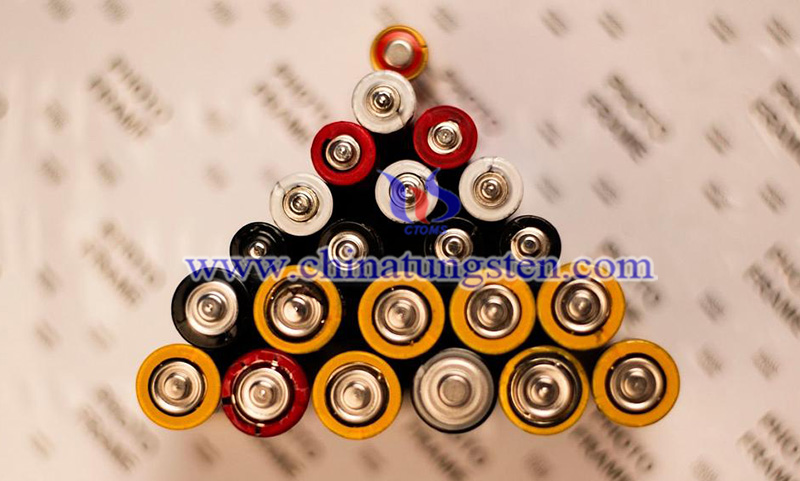
Lithium Australia, a recycling company is turning old batteries into fertilizers for crops, in an effort to stop them from ending up in landfill. It will soon begin field trials of manganese and zinc supplements extracted from old batteries near Kojnapp in the Greater South Region of Western Australia. This supplement comes from a recyclable alkaline battery, which is a single-use battery that is commonly used in handheld devices such as TV remote remotes and children's toys.
Gary Anderson First Players Through to PDC Home Tour Championship Group
- Details
- Category: Tungsten's News
- Published on Thursday, 04 June 2020 11:46
- Hits: 997
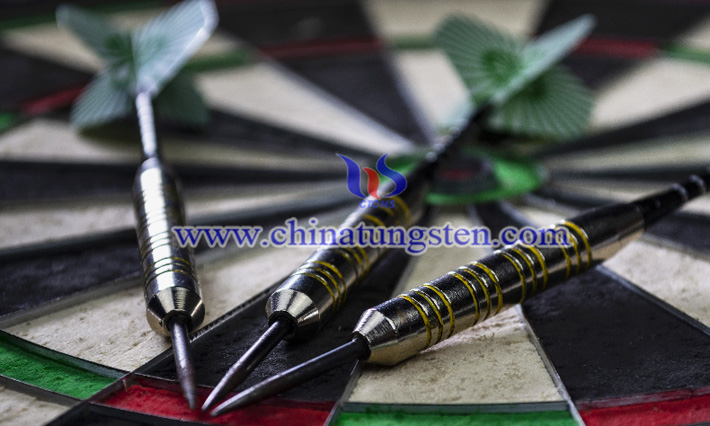
The first of two semi-finals are complete in the PDC Home Tour and it is Gary Anderson and Jelle Klaasen who have advanced to the Championship Group.
Global Tungsten Market Will Grow by 28.6 TMT Amid the COVID-19 Crisis
- Details
- Category: Tungsten's News
- Published on Thursday, 04 June 2020 11:44
- Hits: 1007
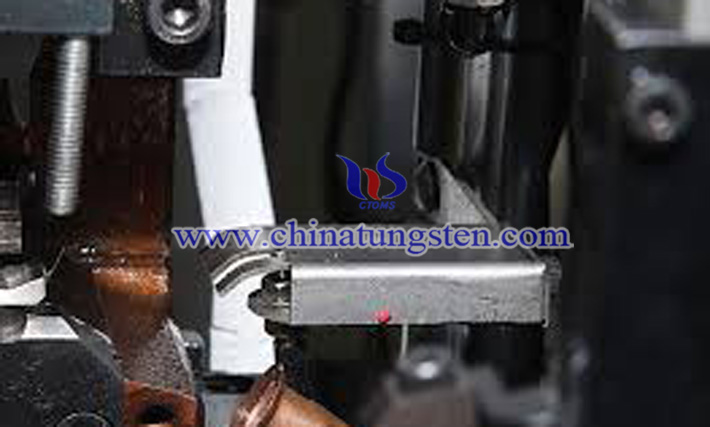
Global tungsten market will grow by a projected 28.6 thousand metric tons during the analysis period amid the COVID-19 crisis and the looming economic recession, driven by a revised compounded annual growth rate (CAGR) of 3.7%.
Chinese Tungsten Prices Are in the Upward Trend in Early June
- Details
- Category: Tungsten's News
- Published on Thursday, 04 June 2020 11:42
- Hits: 1017
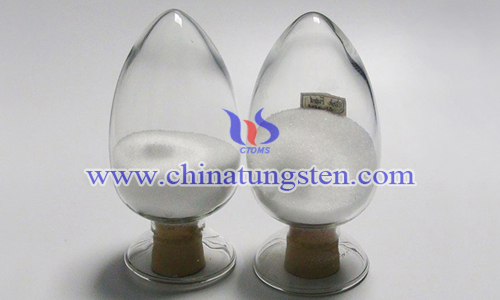
Analysis of latest tungsten market from Chinatungsten Online
China tungsten prices are in the upward trend in early June despite of a stalemate is setting in between buyers and sellers, and only changes in demand patterns are likely to break the deadlock.
Terbium Oxide Prices - June 3, 2020
- Details
- Category: Tungsten's News
- Published on Thursday, 04 June 2020 11:39
- Hits: 1031
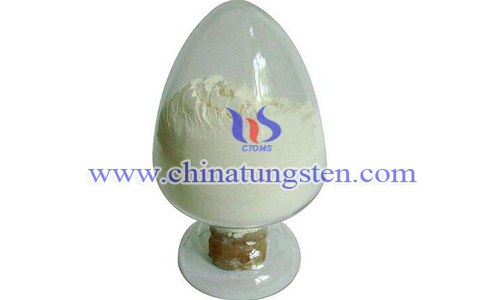
Rare earth market quotation in China: the terbium oxide, praseodymium neodymium oxide and praseodymium neodymium oxide prices increase slightly on June 3, 2020 but the whole market trading is not high with low sentiment of market participants.




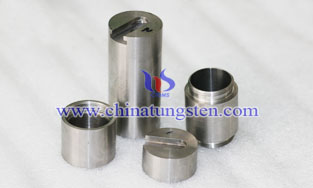


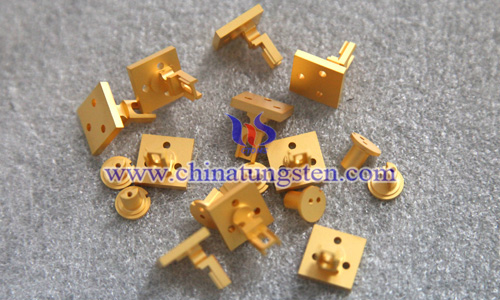
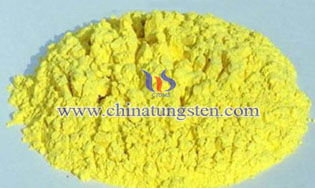
 sales@chinatungsten.com
sales@chinatungsten.com